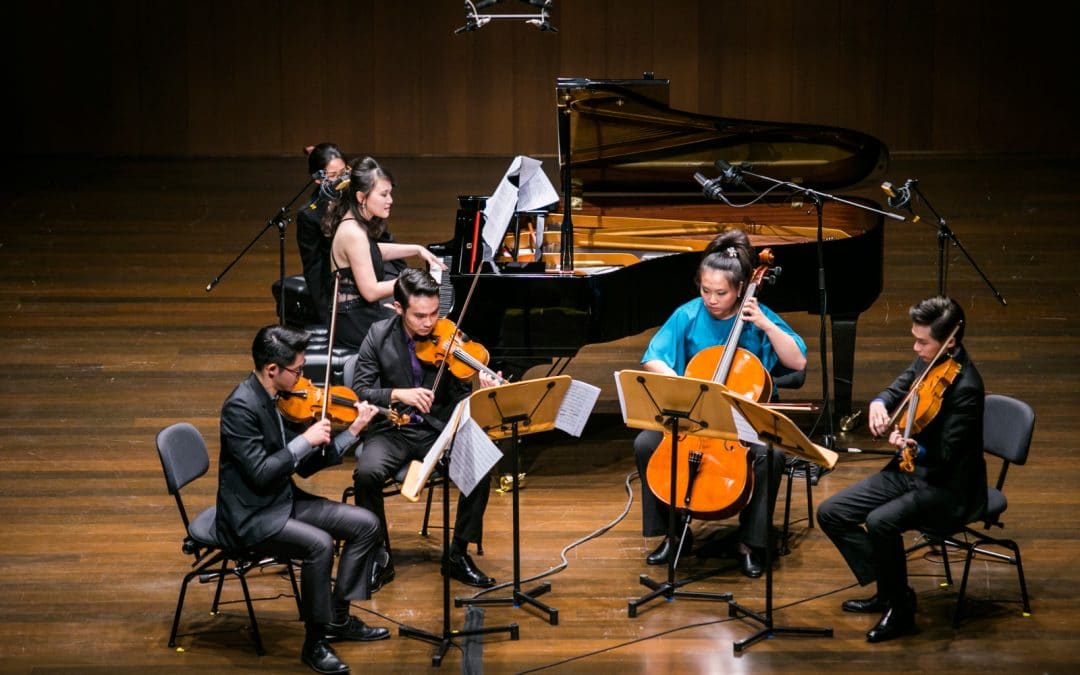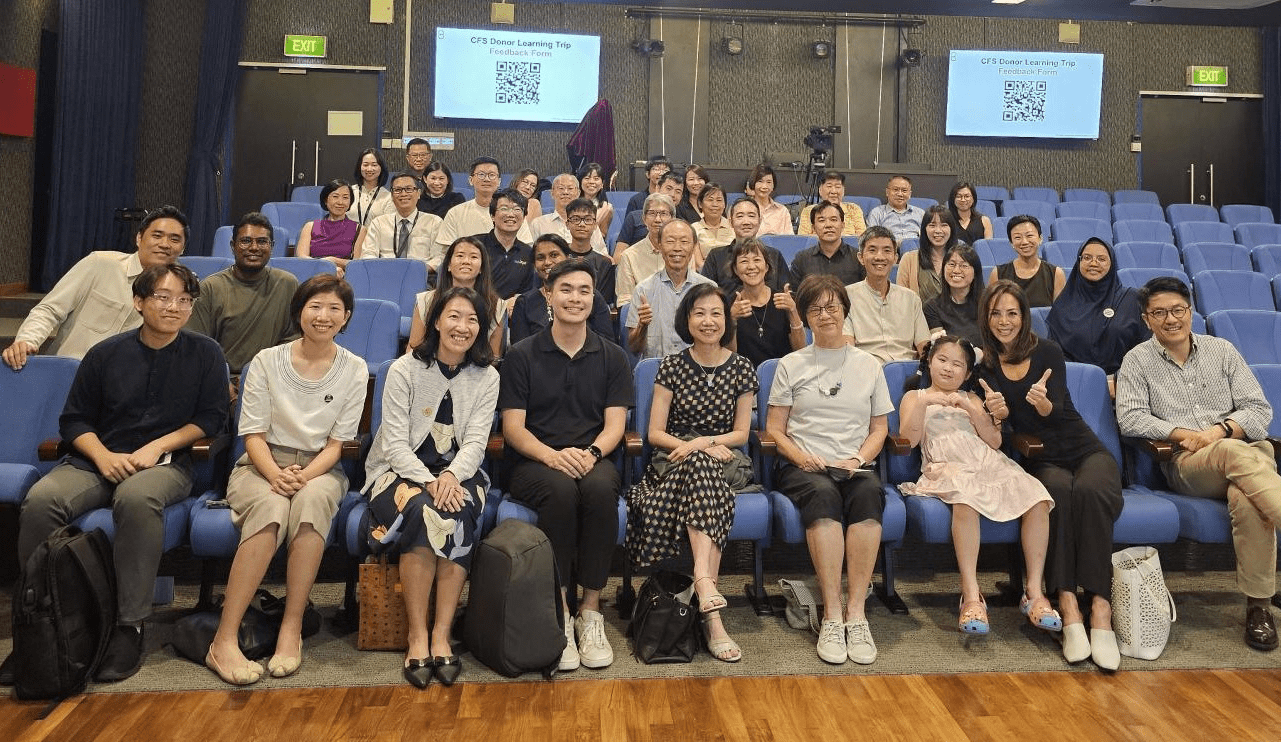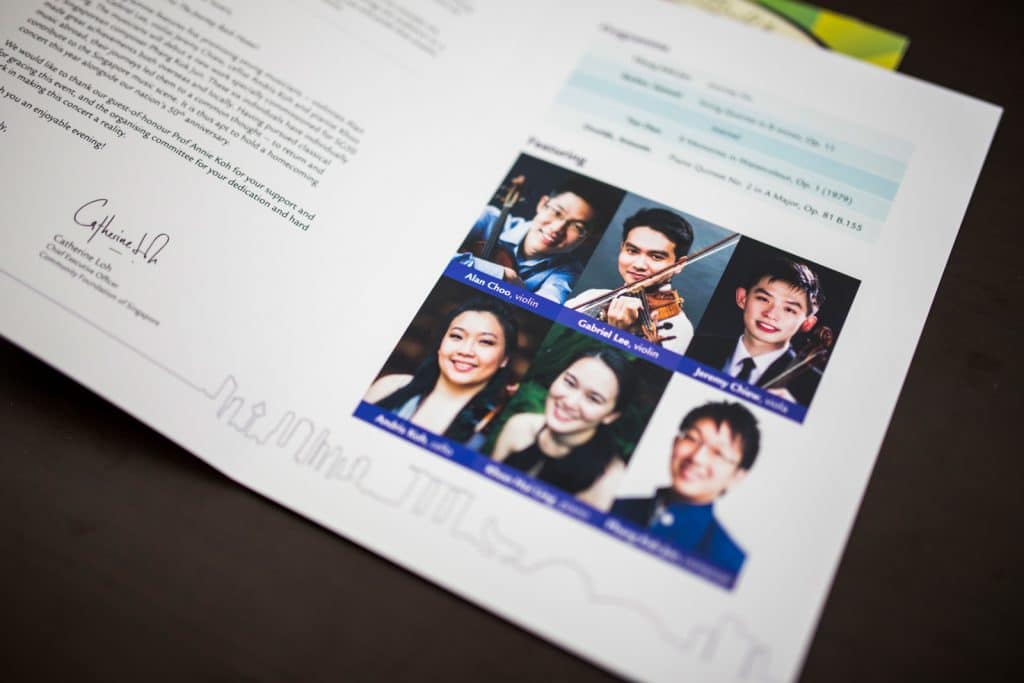Celebrating the journey home through music


In celebration of Singapore’s Golden Jubilee, the Community Foundation of Singapore, in collaboration with donor Kris Tan of the Kris Foundation, brought five young Singaporean musicians together in a concert that explores what it means to belong. The concert, which was staged on 26 July 2015 at the Victoria Concert Hall, featured a new work by local composer Phang Kok Jun, specially commissioned for SG50. It also played a selection of compositions by Samuel Barber, Tan Dun and Antonín Dvorák.
In celebration of Singapore’s Golden Jubilee, the Community Foundation of Singapore, in collaboration with donor Kris Tan of the Kris Foundation, brought five young Singaporean musicians together in a concert that explores what it means to belong. The concert, which was staged on 26 July 2015 at the Victoria Concert Hall, featured a new work by local composer Phang Kok Jun, specially commissioned for SG50. It also played a selection of compositions by Samuel Barber, Tan Dun and Antonín Dvorák.





